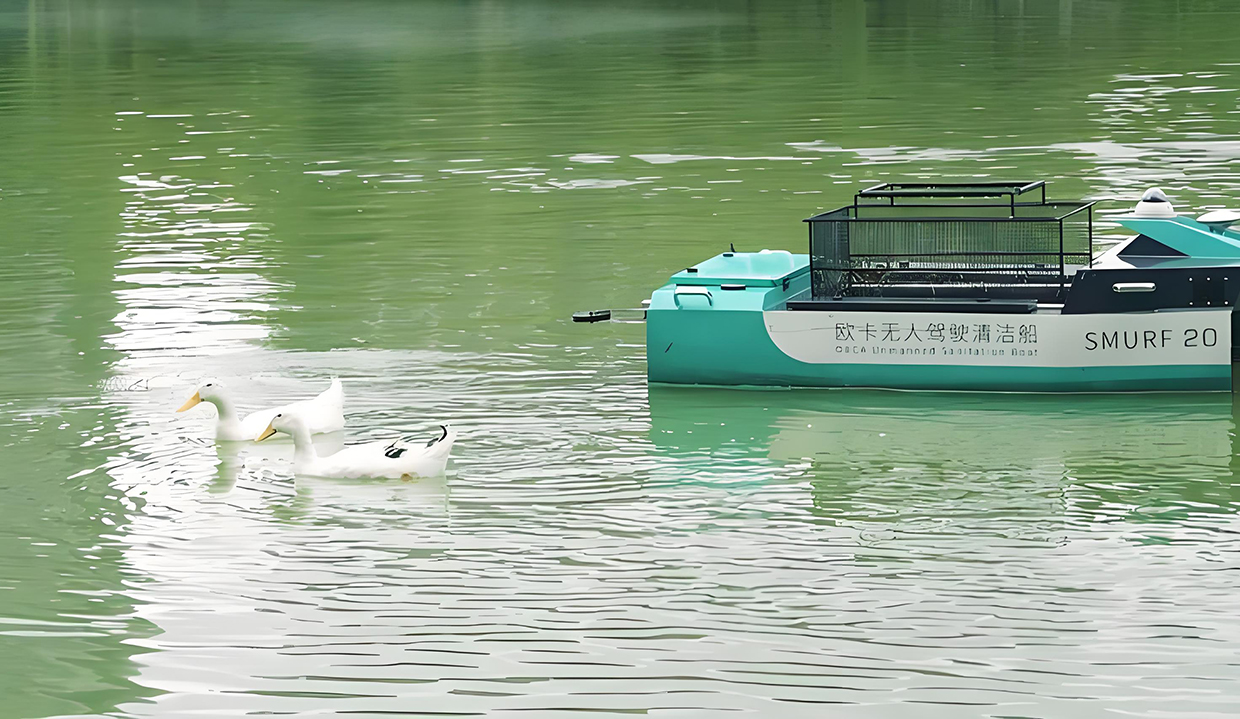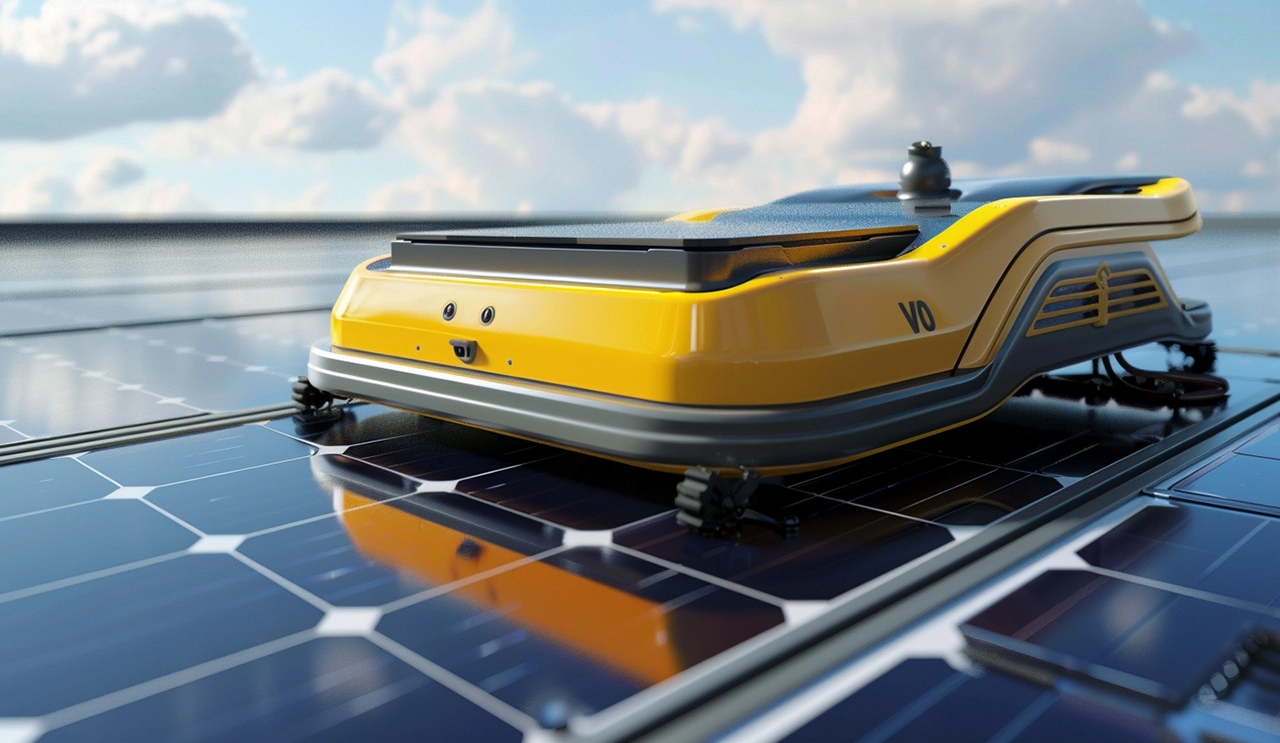
WIRELESS CHARGING IN THE NEWS
In the intelligent transportation system of modern cities, low-speed driverless cars are gradually becoming a part of People's Daily life. With efficiency, environmental protection and safety as the core concepts, they are quietly changing our traditional understanding of transportation. From campuses to industrial parks, from scenic spots to communities, the application scenarios of these low-speed driverless vehicles are rich and diverse. Through artificial intelligence, sensors, and advanced navigation technologies, these vehicles accomplish a variety of tasks within a limited speed range, becoming an integral part of the future of intelligent transportation.
Low-speed driverless vehicles can be roughly divided into three categories according to different application scenarios and functions. The first category is logistics distribution vehicles. Such vehicles typically operate in urban neighborhoods, industrial parks, or campuses, and are responsible for transporting goods over short distances. They can efficiently and precisely deliver packages, meals and other items to users, reducing manpower requirements and traffic pressures. The second category is cleaning and security vehicles. Driverless cleaning vehicles are widely used in large public places such as parks, squares and communities, where they can automatically identify garbage and clean it, while maintaining low noise operation and improving the quality of the urban environment. The unmanned security vehicle is equipped with cameras, sensors and other monitoring equipment, which can automatically patrol at night or during the period of few people, and monitor the surrounding environment in real time to ensure regional security. The third category is shuttle buses in scenic spots or communities. Such vehicles are usually used for short-distance transportation of personnel, such as picking up tourists in scenic spots, or providing travel services for residents, teachers and students in communities and campuses. They not only improve traffic efficiency, but also enhance the user's travel experience.
The working principle of low-speed unmanned vehicles is to sense the environment through lidar, cameras, ultrasonic sensors and other devices, combined with high-precision maps and navigation systems, to achieve autonomous driving. These vehicles are often designed to be electric, which not only meets environmental requirements, but also effectively reduces operating costs. Due to the limited operating speed of low-speed autonomous vehicles (usually less than 20 kilometers per hour), they can achieve highly accurate obstacle avoidance and path planning during the driving process to ensure the safety of the driving. At the same time, the artificial intelligence system carried in the car can continuously learn and optimize the driving behavior, further improving the reliability and practicality of the unmanned car.
In terms of charging, low-speed driverless cars also show a variety of options. The most common form of charging is traditional plug-in charging. Low-speed driverless cars have relatively small battery capacities, so their charging times are usually short, enabling quick charging between operations. In fixed places such as communities, parks or campuses, some fleets will be equipped with special charging piles to ensure that the vehicle can get sufficient power support at any time.
Wireless charging technology has gradually become one of the important charging methods for low-speed unmanned vehicles. By installing the wireless charging device in a parking space or fixed charging area, the vehicle can automatically start charging by simply stopping at the corresponding location. Wireless charging not only reduces the tedious operation of plugging and unplugging charging, but also reduces the wear rate of charging equipment and extends the service life of the equipment. In addition, with the continuous advancement of technology, some high-end low-speed driverless vehicles are also equipped with automatic alignment function, which can automatically adjust the position of the charging coil when parking, ensuring maximum charging efficiency.
For some application scenarios with complex operating environments or inconvenient frequent charging, solar charging technology is also being tried. Such vehicles are typically fitted with solar panels on the roof or body to charge the batteries by converting solar energy into electricity. Although the current efficiency of solar charging is not high enough to completely rely on solar energy as the main source of energy, but as a means of supplementary charging, solar technology still has broad application prospects, especially in the outdoor operation of unmanned clean vehicles and security vehicles.
The rise of low-speed driverless cars not only represents the progress of intelligent transportation technology, but also reflects people's pursuit of green travel and intelligent life. As the technology matures further, these vehicles will play an important role in more scenarios, changing the way we travel and living habits. The continuous innovation of charging technology will certainly provide more powerful power support for the popularity of low-speed driverless vehicles.







